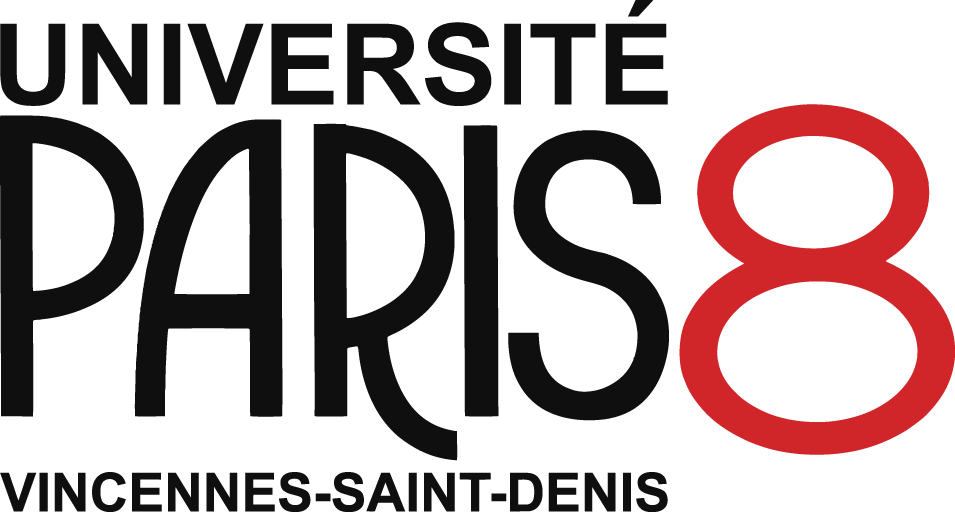RT, Sputnik and the Yellow Vest Movement: Mapping Political Communities on Twitter
RT, Sputnik et le mouvement des Gilets jaunes : cartographie des communautés politiques sur Twitter
Résumé
The Russian Federation has been developing a strategy of informational influence abroad since the beginning of 2010. This strategy, based on a massive presence on social networks, is at the heart of new power struggles between states. In France, Russian state-funded media RT and Sputnik are thus regularly blamed for their editorial policy, which many political and media actors consider as partial or misleading. The Yellow Vests movement, whose members have been accused of being manipulated by Russia and its media, illustrates this observation. While a growing number of publications has focused on the actors of Russian informational influence and the narratives they deploy (Yablokov, 2015; Audinet, 2018, 2020 ; Hutchings, 2020), the question of the reception and the propagation of content produced by these actors on different networks remain unanswered – mainly because of difficulties in accessing to social network data – despite recent efforts (Fisher, 2020). This article therefore proposes to draw up a mapping of the political communities that disseminate the contents of the international Russian media. This cartography is based on data collected on Twitter during the first months of the Yellow Vests movement. The approach we propose here is inspired by the work published by Gaumont et al. which shows that it is possible, through data from Twitter, and especially retweets, to qualify and quantify the activity of political communities, as well as their evolution and reconfiguration over time (Gaumont et al, 2018). Our methodology to map content published by the Russian media is directly in line with the work of Limonier and Pétiniaud (2018), who focused on a part of the "pro-Russian" community of the French-speaking segment of Twitter, as well as on the way this community relayed the MacronLeaks during the between-two rounds of the French presidential election of 2017. Our results first show that content produced by the Russian state-media are relatively popular across a broad spectrum of the French political landscape, from left-leaning to far-right parties. Then, we observe that Yellow Vest communities are distinguished by their weak presence and dispersal within the graph, which confirm the hypothesis that this movement was not formed and structured on Twitter but on Facebook (Sebbah et al, 2018). If the protest movement has indeed been the subject of a very high volume of publications for several months on Twitter, this platform seems to have been only a media and political soundbox, rather than a space for structuring and organizing the different groups of Yellow Vests.




